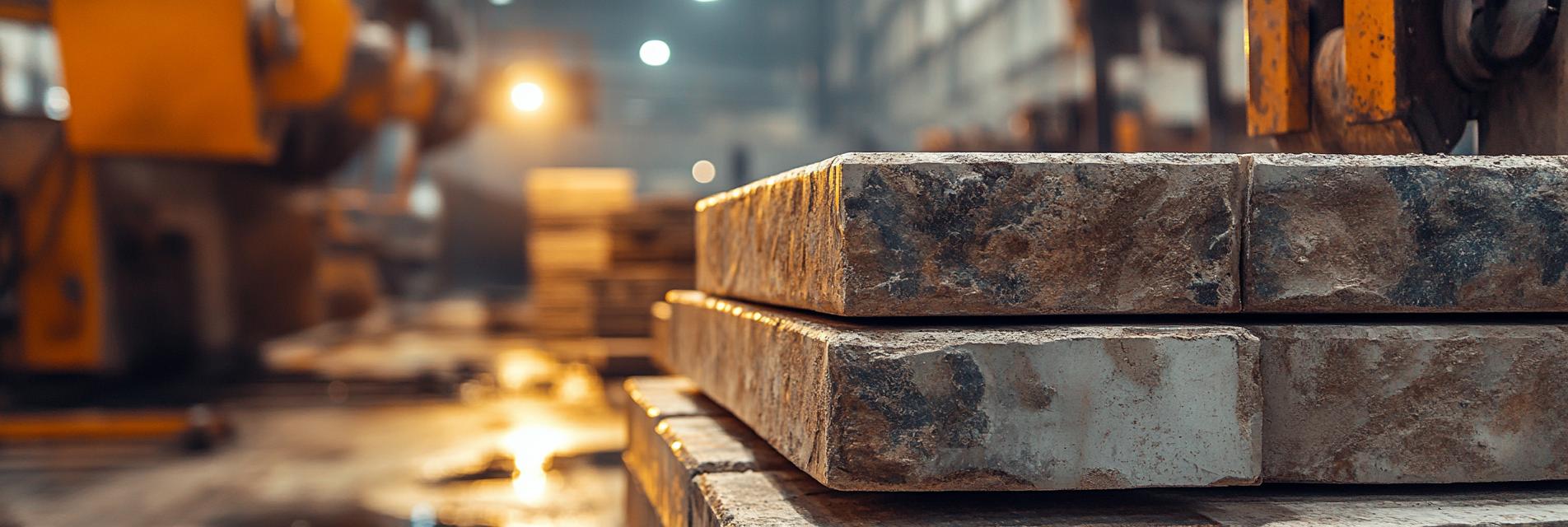As I reflect on the remarkable journey of refractory bricks, I find myself captivated by the blend of history and technology that defines these extraordinary materials. From ancient furnaces to modern industrial applications, the evolution of refractory bricks is a testament to human ingenuity and perseverance.
Refractory bricks have been around for centuries, their origins tracing back to when early civilizations needed to create durable structures capable of withstanding extreme heat. I often wonder how artisans of the past managed to innovate with such limited resources. Today, we stand on their shoulders—learning from their triumphs and failures.
With the advent of modern materials science, the landscape of refractory technology transformed profoundly. Innovative methods introduced higher-density materials and superior thermal shock resistance, making refractory bricks invaluable in industries ranging from metallurgy to aerospace. I feel a sense of warmth knowing that these developments are a direct result of our relentless pursuit of knowledge.
Today, these robust materials play a critical role in high-temperature applications. I often marvel at how they help in energy efficiency, reducing emissions, and enhancing productivity in various sectors. It’s heartening to know that advancements in refractory bricks are also contributing positively to sustainability efforts.
As we delve deeper into the future, the potential of refractory bricks is boundless. Continuous research is paving the way for even more innovative solutions. I feel optimistic about the possibilities that lie ahead, knowing that each technological leap brings us closer to creating a more efficient and sustainable world.

In conclusion, the evolution of refractory bricks represents a beautiful blend of tradition and innovation. Their journey is a reflection of our collective progress. I invite you to join me in celebrating these extraordinary materials that continuously shape industries and inspire future advancements.
